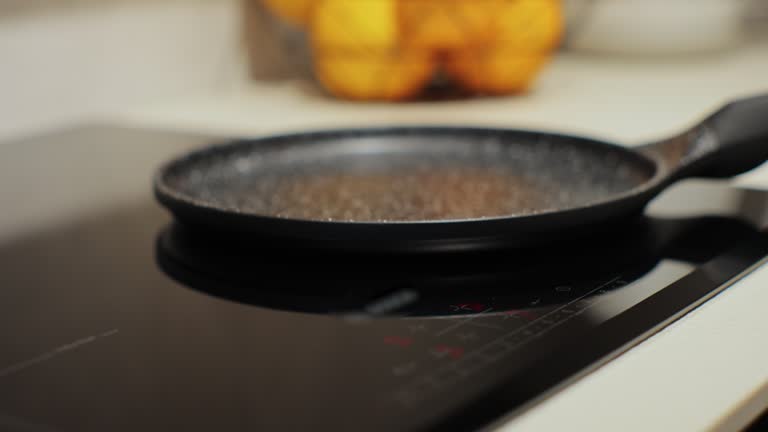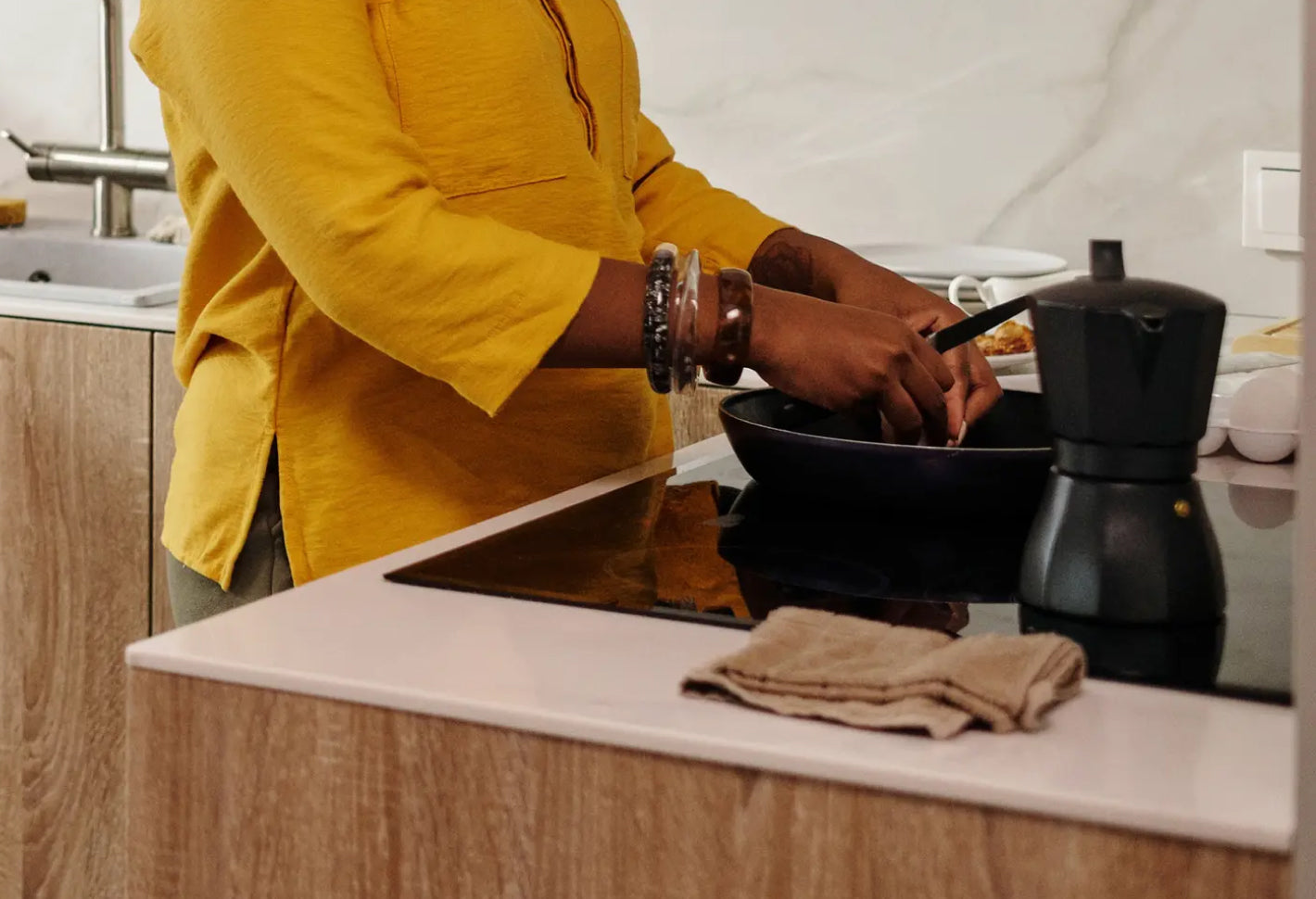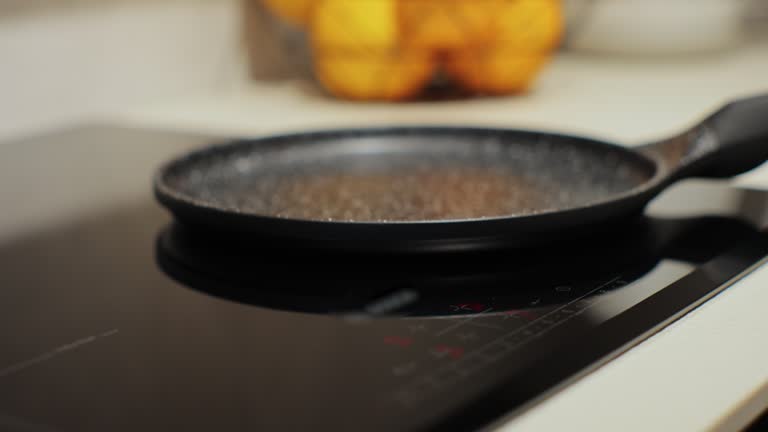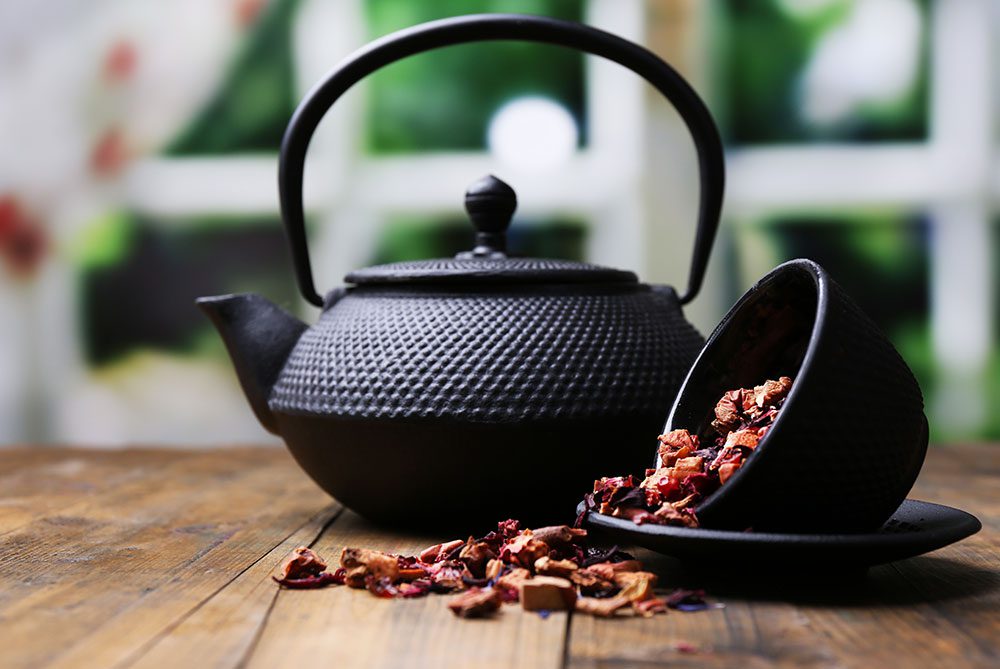In the world of professional kitchens, the choice of cookware can greatly influence cooking efficiency and the quality of dishes. When it comes to induction cooking, two popular materials that often come into play are cast iron and ceramic. Each has its unique properties, advantages, and limitations, which can make the decision challenging for many chefs.
Understanding the differences between cast iron vs ceramic cookware on induction is crucial for kitchen professionals who wish to optimize their cooking methods, achieve the best results, and maintain their culinary equipment.

The Allure of Cast Iron on Induction
Cast iron is a time-honored material that has found a special place in many kitchens. Its unmatched heat retention and even heat distribution make it a favorite among chefs. When paired with an induction cooktop, cast iron can provide precision cooking that many professionals desire.
One of the notable benefits of cast iron is its ability to withstand high temperatures, making it ideal for searing and frying. Moreover, its compatibility with induction cooking, thanks to its ferromagnetic properties, ensures that it heats up quickly and efficiently. This combination of features allows chefs to control heat effectively, which is crucial for crafting exquisite dishes.
For more detailed insights on controlling heat using cast iron on an induction cooktop, you can explore this guide.
The Charms of Ceramic Cookware
Ceramic cookware, on the other hand, offers a different set of advantages. Known for its non-reactive properties, ceramic is an excellent choice for cooking acidic foods. Additionally, ceramic is celebrated for its aesthetic appeal, often coming in various vibrant colors and sleek designs.
While ceramic cookware can be used on induction cooktops, it requires a metal base that is compatible with induction technology. This is because pure ceramic is not magnetic. However, when properly constructed, ceramic cookware can provide the benefits of non-stick cooking, making it an attractive option for professional chefs who prioritize easy cleanup and presentation.
For those interested in learning more about the pros and cons of induction cooktops, check out this resource.
Comparing Heat Distribution and Efficiency
When comparing cast iron vs ceramic cookware on induction, heat distribution and efficiency are critical factors. Cast iron is renowned for its ability to distribute heat evenly, which is essential for consistent cooking results. This property is particularly beneficial for dishes that require slow cooking or simmering.
Ceramic, while not as efficient in heat retention as cast iron, offers excellent heat conduction when paired with an appropriate induction-compatible base. This makes it suitable for quick-cooking techniques where precise temperature control is necessary.
For more on balancing textures and heat in cooking, explore this article.
Durability and Maintenance Considerations
Durability is a significant consideration for kitchen professionals. Cast iron is known for its longevity and robustness, often lasting for decades with proper care. It can withstand heavy use, making it a staple in commercial kitchens.
Ceramic cookware, while durable, requires more careful handling to prevent chipping or cracking. Its maintenance involves avoiding sudden temperature changes and using non-abrasive cleaning tools to preserve the surface's integrity.
For tips on preheating and caring for cast iron on induction, this post provides valuable insights.

Conclusion: Making the Right Choice
In conclusion, the decision between cast iron vs ceramic cookware on induction boils down to specific cooking needs and preferences. Cast iron offers unparalleled heat retention and durability, making it ideal for high-heat cooking and long-lasting use. On the other hand, ceramic provides a visually appealing and non-stick option, suitable for delicate dishes and easy maintenance.
Kitchen professionals must weigh these factors, considering the type of cuisine they specialize in and their cooking style. Both materials have their place in a well-equipped kitchen, and understanding their unique benefits can enhance culinary creativity and efficiency.
For further reading on the compatibility of cast iron with induction cooktops, visit this source.
Frequently Asked Questions
1. Can I use ceramic cookware on an induction cooktop?
Yes, but the ceramic cookware must have a metal base that is induction-compatible. Pure ceramic does not work with induction technology due to its non-magnetic properties.
2. How do I maintain my cast iron cookware for induction cooking?
To maintain cast iron, regularly season it with oil to prevent rust and ensure a non-stick surface. Avoid using dishwashers and harsh detergents to preserve its longevity.
3. What are the key differences between cast iron and ceramic cookware?
The key differences lie in heat retention, durability, and maintenance. Cast iron is excellent for high-heat cooking and durability, while ceramic offers non-stick properties and aesthetic appeal.






Leave a comment
This site is protected by hCaptcha and the hCaptcha Privacy Policy and Terms of Service apply.